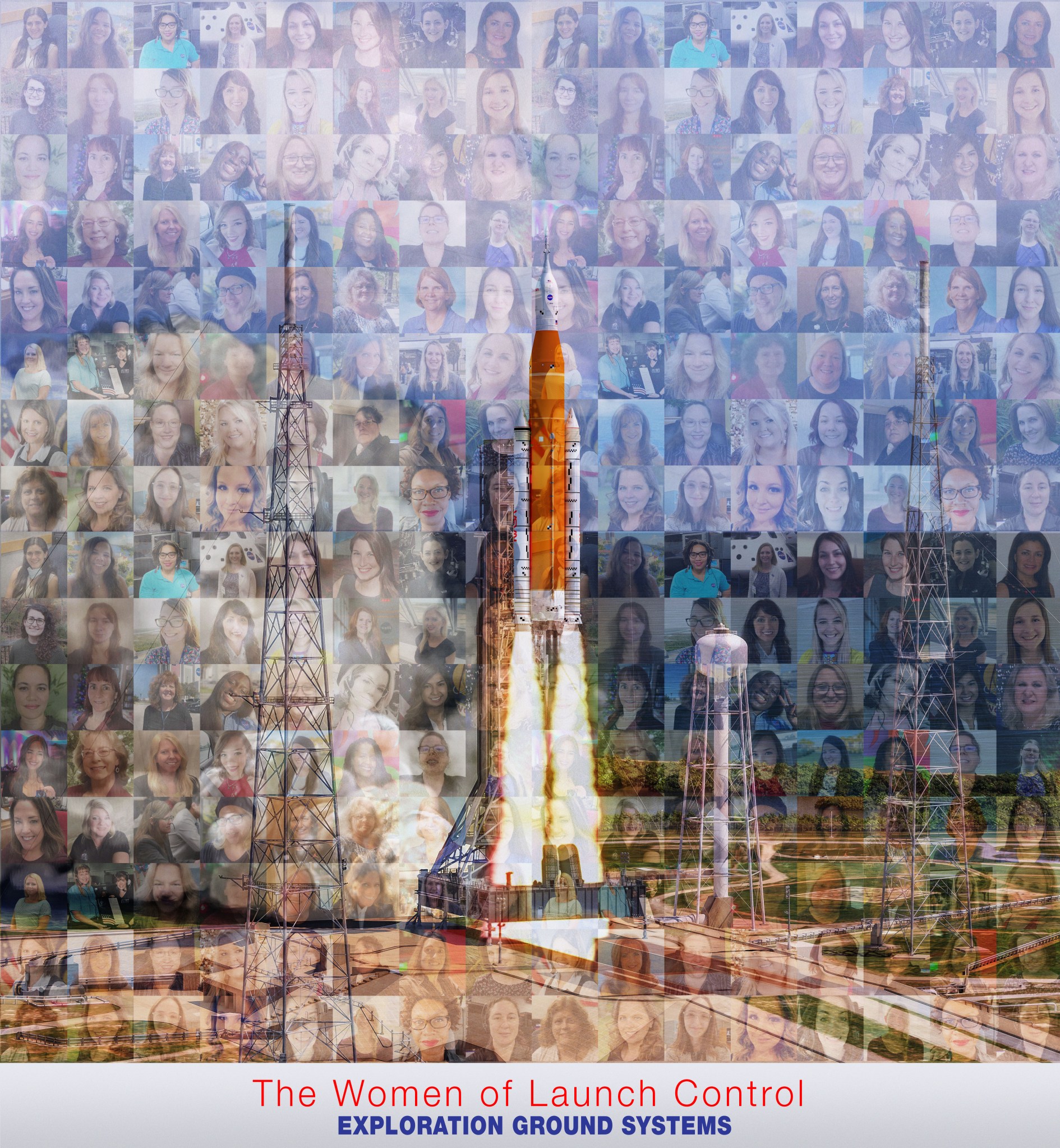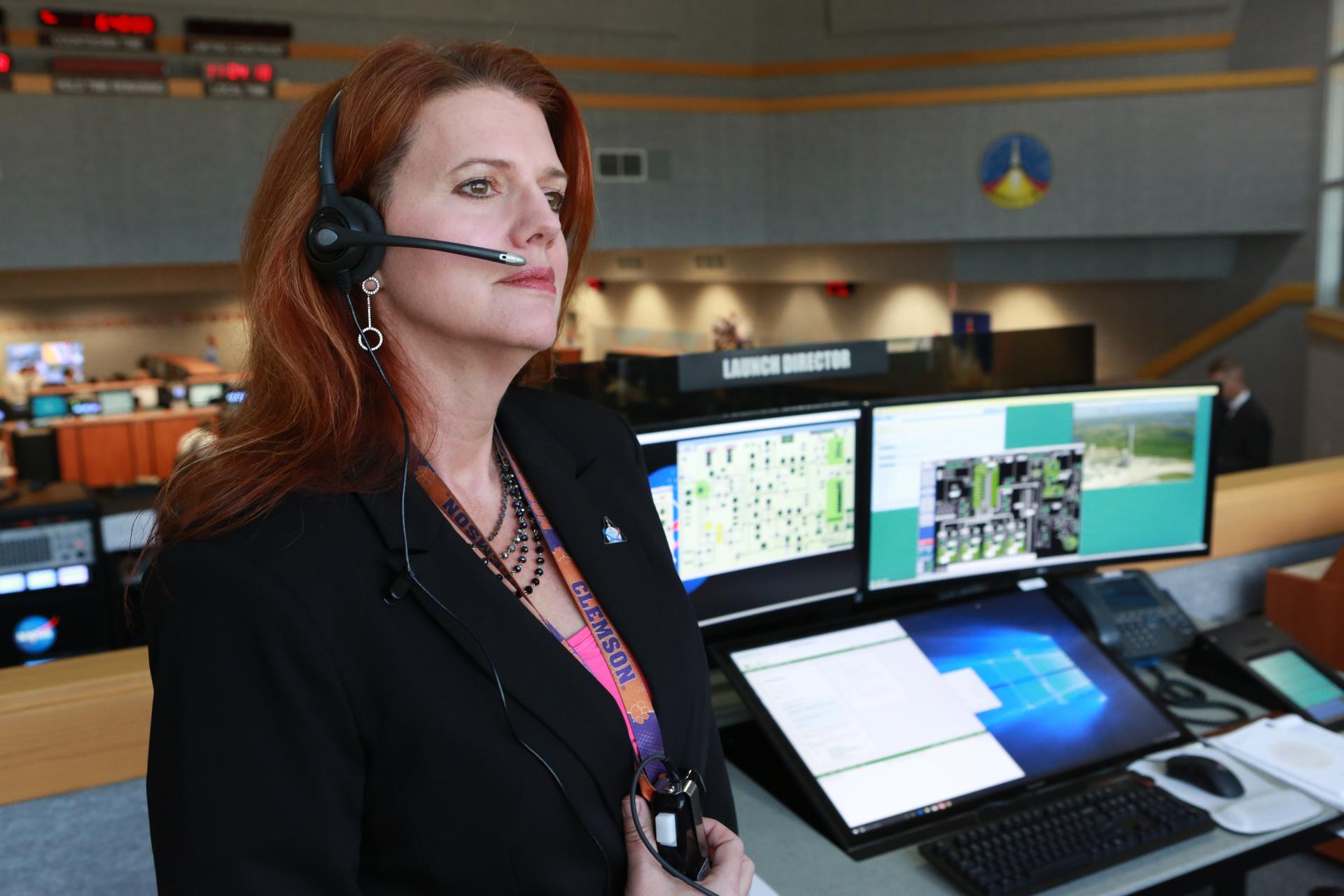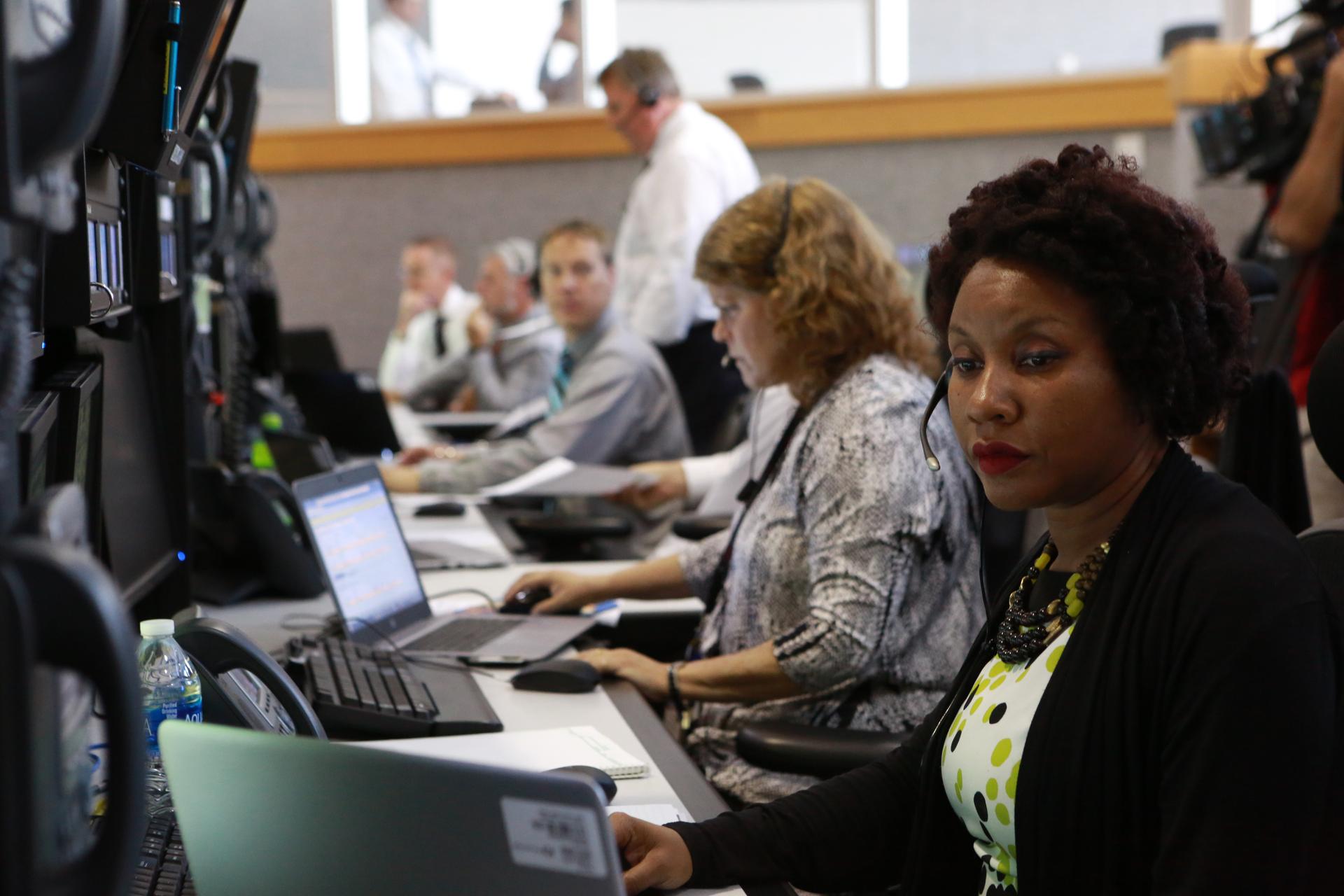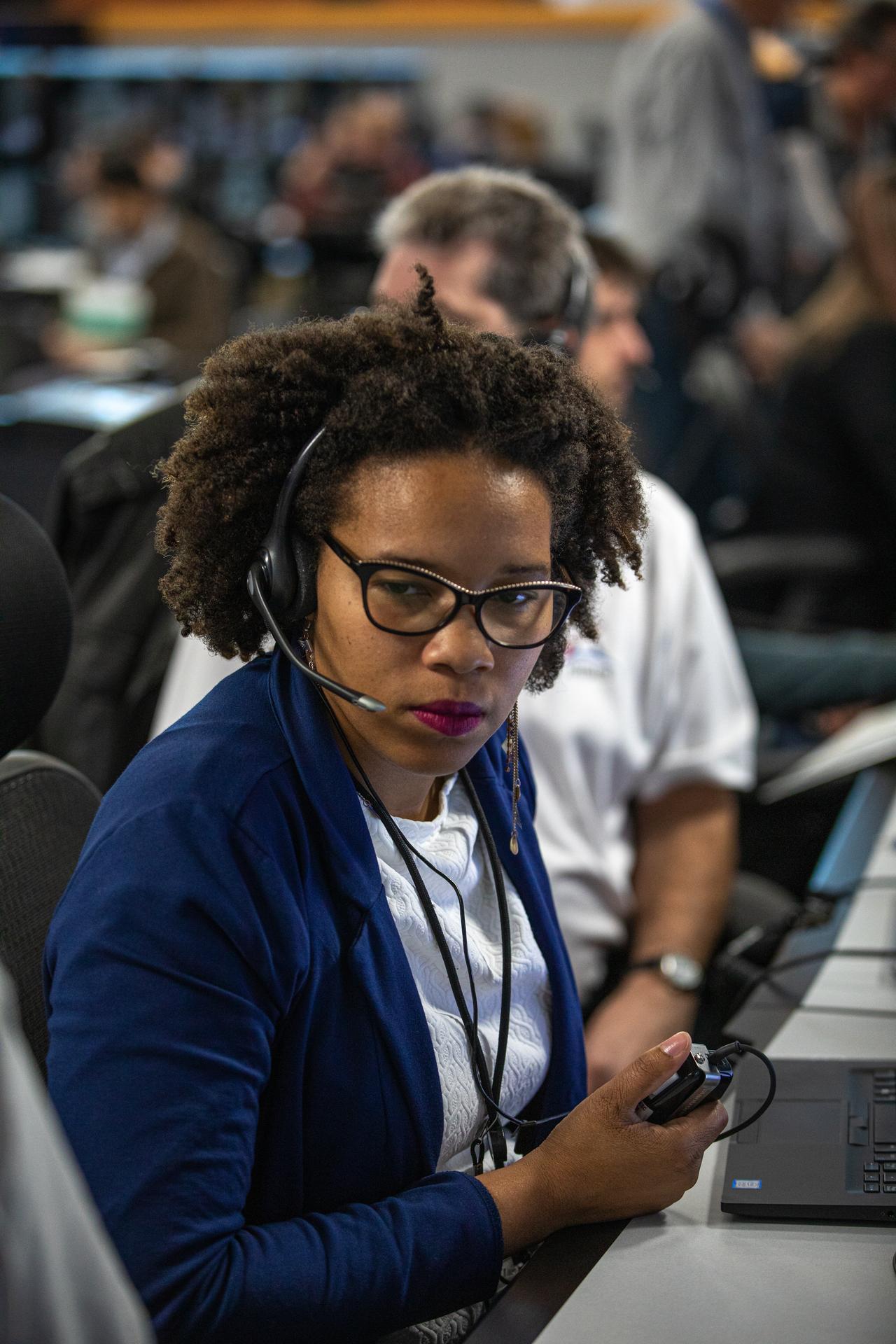By Danielle Sempsrott
NASA’s Kennedy Space Center
When Apollo 11 lifted off from NASA’s Kennedy Space Center in Florida, there was only one woman working in Firing Room 1 of Kennedy’s Launch Control Center – JoAnn Morgan. Now, as NASA once again prepares to return to the Moon under the Artemis program, the staff in that same control center, who are responsible for launching the Space Launch System (SLS) rocket to send the Orion spacecraft around the Moon and back to Earth, is about 30% women.
“The makeup of our workforce has changed over the course of my career. Women working in technical roles have steadily increased from the early days of space exploration,” said Artemis I Launch Director Charlie Blackwell-Thompson. “I am so appreciative of the path that was created by those amazing women who blazed a trail for others to follow. When we return to the Moon, this time a set of those iconic boot prints left on the surface of the Moon will belong to a trailblazing woman.”
For Artemis I – the inaugural flight test of the SLS rocket and Orion spacecraft as an integrated system prior to crewed flights to the Moon – engineers with NASA’s Exploration Ground Systems (EGS) and supporting contractors will sit at consoles monitoring the health of the rocket and spacecraft and sending various commands to them throughout the mission.
One of those people is Ales-cia Winsley. A guidance, navigation, and flight control engineer with NASA, Winsley will be performing calculations to determine where the spacecraft is, where it needs to go, and how to get it there.
“To think of where I came from and where I am now, part of the launch team that’s going to launch the largest rocket ever and send the first woman to the Moon, is just mind-blowing,” she said. “I’m very grateful and appreciative of this opportunity, and I just look forward to the example that will make for women – and especially women of color – that they’ll be able to look back and see that anything is possible.”
Having joined NASA in July 2019, Winsley looks forward to supporting her first launch.
“There’s this sense of fulfillment that I have, getting to actually be a part of the team that’s going to launch this rocket,” she said. “The job is very intense, and it’s very hard sometimes. You have to make some tough decisions and there are some very long days, but every day that I show up, I get reenergized to do it all over again.”
Also part of the Artemis I launch team is NASA Test Director Christine St. Germain, who supports test, launch, and recovery for EGS. St. Germain reflected on how diverse her office and launch control has become since she started working there five years ago, when she was only the fourth or fifth woman ever to work in her office.
“We actually have a large percentage of women in my office now, and it’s always very interesting to hear their stories,” she said. “They’ve all had a family member, a schoolteacher, or someone who told them, ‘You’re not going to be able to do that. You’re a girl.’ Now they’re a test director, they have multiple engineering degrees, and they’re doing stuff they love. And there was no reason they couldn’t, and they managed to not let someone convince them otherwise.”
One of those women fulfilling her dream is Paris Bishop, who started working at Kennedy in December 2019 as a test conductor for Jacobs and also supports landing and recovery operations. Although she grew up watching shuttle launches from Cape Canaveral, Florida, she never thought of working at Kennedy as an engineer until just before her first semester of college.
“When I started my job here, my very first thought was, ‘Wow, I’m living my dream.’ And it’s a dream I didn’t know that I really had,” she said. “And now, working with women that I’ve started looking up to, and helping to send the first woman to the Moon, it just feels very empowering.”
Her words of advice for young girls or women still in school, or for those who aspire to be where she is one day, are to have confidence in themselves, know that it’s OK to be unsure of what to do in life, and it’s never too late to figure that out.
“People feel like they need to stay in the first program they choose because that’s what they thought they wanted to do; but your dreams start to change, and that’s OK,” she said. “It can be very intimidating to be where I’m at but, ultimately, you have to trust yourself. Dealing with thoughts of inadequacy does happen, but believe in yourself. You know more than you think. You’ll get through it, and you might even surprise yourself.”






























